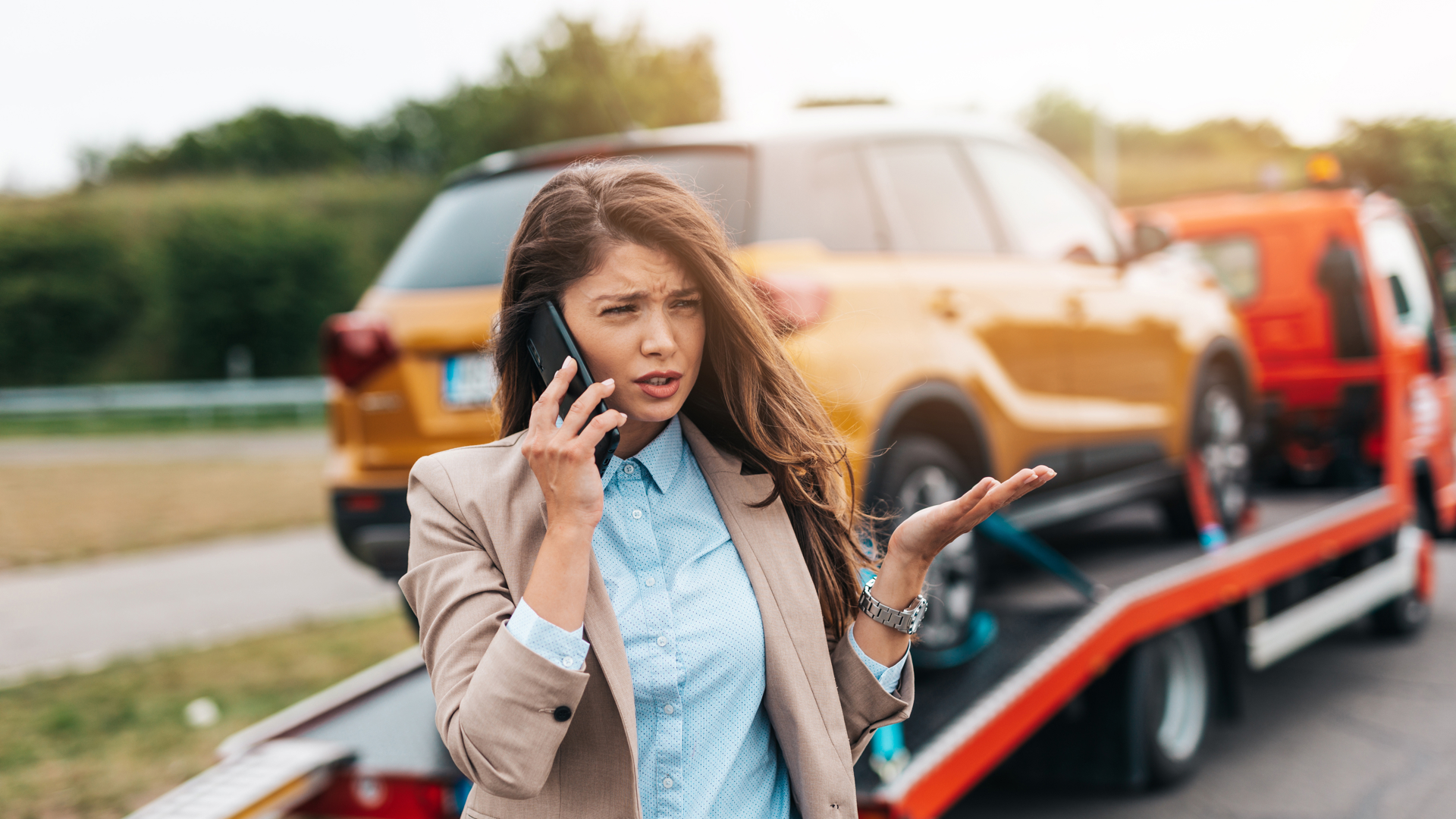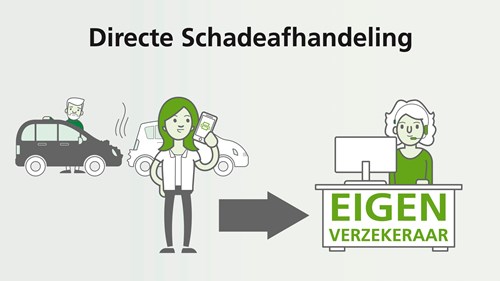

In the summer of 2021, insurers started the so-called Direct Claims Handling. This means that they handle the material damage of their own third-party insured customers. As a result, the claim can be dealt with much faster. More about the how and why can be found on this theme page.
After a claim, the customer almost always reports to his own, trusted insurer. This applies to the contents and building insurance, but also to the all-risk coverage of the car insurance. This only works differently with third-party coverage, which often leads to disappointment for the customer. And to suspicion: because who is the other insurer? The Direct Claims Settlement offers a solution:
The first results were evaluated in the summer of 2022. With a positive result: customers are satisfied and the handling time is shortened. One of the recommendations was therefore to further expand the Direct Claims Handling (DSA) so that other customer groups can also benefit from it. The first expansion took effect on April 1, 2023 and focuses on motorhomes and motorcycles (material damage).
In November 2022, a pilot with DSA for mopeds and scooters was also started. Insurers ZLM and Unigarant settle the damage to the scooter or moped with their own insured and recover the compensation paid from the third-party insurer from the fully or partially liable perpetrator. The DSA stipulates that the costs for determining the damage to the passenger cars cannot be recovered, but the costs for the expert costs for determining the damage to the mopeds and scooters can be recovered.
If there has been an accident between two passenger cars, each party reports the damage to its own insurer. The insurer will first investigate whether there is coverage. If an insured person is only insured for third-party liability, the insurer will handle the claim if the other party is jointly or fully liable for the accident. The claim is therefore always settled with the insured. This means that any discussions about liability also take place with your own insurer.

After the damage has been determined and paid out, recovery will take place with the liable insurer. At the moment, this is also the case with all-risk insurance, and insurers find it an efficient process. In particular, because discussions between insurers are avoided as much as possible. As with all-risk insurance, the recovery takes place via Clearinghuis, on the basis of the Simplified Claims Settlement Agreement (OVS).

In September 2014, one of the largest chain collisions ever in our country took place on the A58 in Zeeland. Two people were killed, 23 were injured and about 150 vehicles were involved. Insurers quickly decide that the damage must be compensated by their own insurer, so that victims are helped as quickly as possible. The first idea for a Direct Claims Settlement was born.
Direct Claims Handling has many advantages for customers, but it is also a better fit for future developments in the field of technology, alternative transport (e-bike, e-scooter) and data (connected car, connected traffic lights). After all, these trends are leading to major shifts among insurers, who are increasingly having to focus on more autonomous cars and on car-sharing rather than car ownership.
In the long term, it is not inconceivable that customers will incur all damage (both material and injury) with one insurer. We call this a first-party insurance landscape. It may even be the case that there is no longer a need for a mutual story, but that is still in the future.